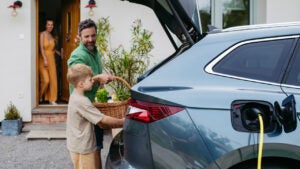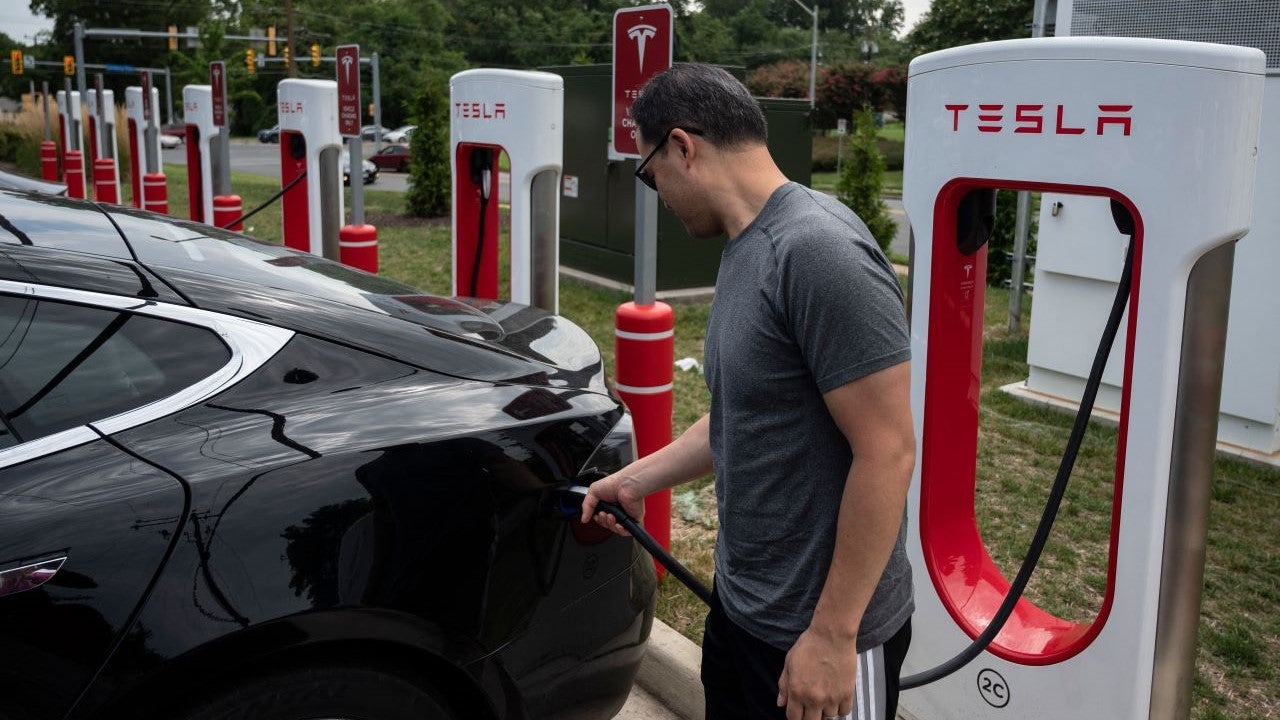Wireless technology revolutionizing autos

| • | Safety. Despite rapid advances in passive safety technology such as seat belts and air bags, there are still some 42,000 people killed on U.S. highways each year. With wireless technology, cars would be equipped to avoid accidents. Currently, a single-car, bad-weather highway accident can turn into a pileup as other cars are able to stop in time. VII-equipped cars would sense cars slowing or stopping and warn the driver to slow down. Cars would effectively become data probes, gathering information on weather and road conditions — for instance, a new pothole that’s popped up — and warn drivers as well as schedule road maintenance or repair. |
| • | Mobility: The average American spends a week a year stuck in traffic. Congestion costs the economy 10s of billions in lost productivity annually. Millions of gallons of $3-per-gallon gas are wasted, too. VII cars could direct drivers around traffic jams. The roadside half of the technology could manage traffic to eliminate congestion altogether by, for example, altering traffic light cycles to allow more or less traffic flow through an intersection as conditions warrant. |
| • | Commercial: Think personalized travel and route guidance, downloading movies on the road and checking your stock portfolio with cars connected to the Internet. All the applications will be synchronized to your home and mobile electronic gear, too, so the song you download in the car will also be available on your home PC. |
Since the basic equipment needed for a car is a radio and a GPS unit, car manufacturers said VII should add little to a car’s price tag — less than $100, says Stephan Speth, DaimlerChrysler’s director of vehicle compliance and safety affairs.
It’s the cost and funding of the companion roadside technology that’s uncertain. While DaimlerChrysler, Ford and General Motors all were involved in small-scale pilot projects with states or smaller jurisdictions, a national project could be daunting. A national VII coalition hopes to recommend to Congress in 2008 whether to go forward with national deployment.
Other challenges include system security data access and privacy. “We need to be sure the driver’s privacy is protected. That no one knows where you go when you leave your driveway,” Freitas says. DaimlerChrysler’s Speth agrees. “It won’t do any good to have a system like this in the field if people ask for a button to turn it off.”
Despite the challenges, the timeline is optimistic. In a CAR survey of the auto industry’s expectations for the rollout of VII technology in new cars, 2012 was the median year respondents said auto companies would begin outfitting new cars with the technology. Just four years later, by 2016, 50 percent of new cars would be so equipped, respondents predicted. Full roadside deployment across the U.S. — all interstates, paved state highways and local roads — is expected by 2035.
You may also like

What income do I need to afford a $550K house?

Electric car facts: Bankrate’s guide to EV ownership

Is it illegal to drive barefoot?

